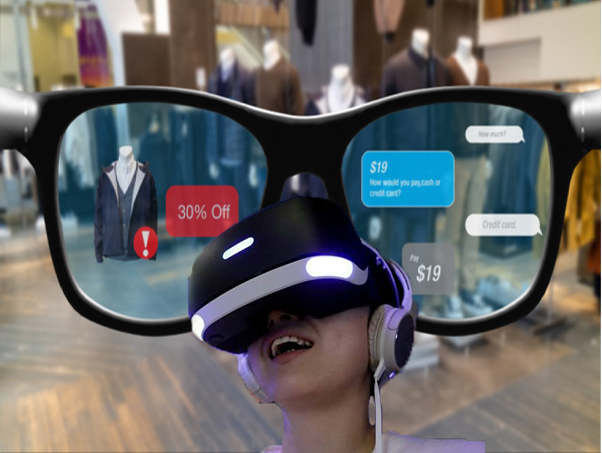
Into the Metaverse: The Business of AR and VR
How do we fully merge these sensory informations to give us a consumer product? Though we’ve seen the telephone emerged into a mobile phone by merging this sensory information: vision, touch and sound to create a consumer product. Augmenting realities and visualizing realities need commands, where we use our other senses receiving tools to consume. Augmented Reality (AR) is simply the augmenting(extending) of your real views by adding a digital view to your natural world; and Visual Reality (VR) is when your whole real view is eclipsed with a digital view, making you feel as if your whole body is in a matrix.
The technology behind (AR) and (VR) started with the film maker Morton Heilig, tracing back to 1956 with his Sensorama machine and Telesphere Mask (a head mounted display device) in 1960, but as most technologies where they are not ready for the current times often don’t see the light. Though AR and VR technologies were parallel to the development of telephone.
Bringing a technology to the consumer level is one of the main goals of a technology, which determines the success and failure of the technology. The earlier sensory information merged technologies (phones, desktop computers) has not been quite easy to consume in terms of luxury usage and some other technical usage. The far distance and straining of your eyes and the stress of holding in hand; putting on laps to view on the screen of a phone, laptop, computer, tele, a conference projector, has never been quite easy to use. Though currently there are AR and VR technologies, which have a little space in the computer consumer market than mobile phones. As HTC, HTC VIVE VR; Facebook, Oculus VR; Microsoft, Hololens AR; Apple long secretive AR project, Apple glass and so many other brands are pushing these technologies to have space in the consumer market.
The relaying or transmitting of sound created a multibillion radio industry; displaying visions or visuals created a multibillion movie industry; and the recording of sounds also created a multibillion music industry. These begged the question of the size of an industry we are going to create if the sensory information that created billion dollars industries are merged together to create one single industry. AR and VR no doubts are going to complement the Experience Economy, which is going to have a great positive impact in the e-commerce industry and also the medical field, structure engineering field, conference meetings, watching videos, live shows, tech assistance are all going to be greatly influenced by the VR and AR technology. What are the next big industries AR and VR technologies are going to create? A whole lot of business models to be discovered in this AR and VR space.
